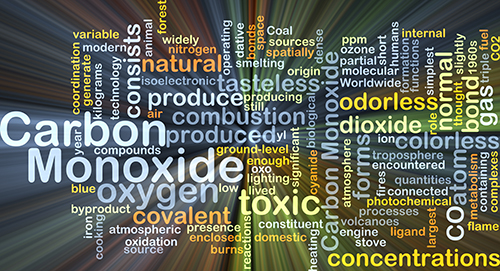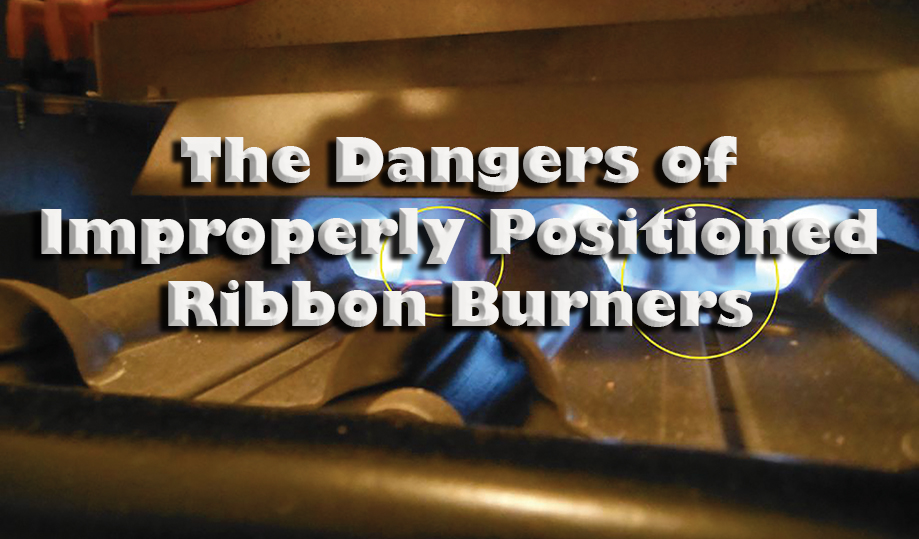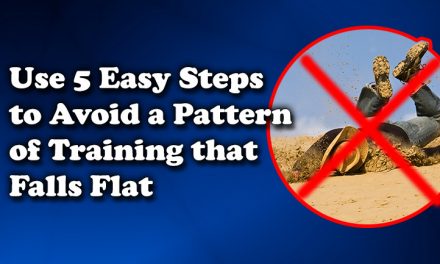Analyzer Accuracy?
The manufacturer’s rep was confused and wasn’t sure about my combustion testing results. Digital combustion
analyzers were new technology, and I might have been the first to use one on a residential-style furnace in the field.
I noticed the burner flames angled sideways and were hitting the side of the heat exchanger. I was pretty sure this was not a good thing. Then I saw this little shutter inside the burner, and I wondered what was it for? The rep said it was an air shutter to adjust the primary air on the burner. It was different from other air shutters I had seen.
This shutter was fully closed, so I asked the tech to open it on one burner. Once he opened that shutter, the flame moved in an upward position and no longer hit the heat exchanger. CO dropped by more than half but was still on the high side. We then adjusted the other burner shutters. Even the rep was surprised how much effect the shutter had on the flame and combustion.
A few years later I saw that replacement burners had the shutter screwed down. My takeaway from this was that air shutters could be a good thing or a bad thing, but it took a few more field experiences to figure that out.
Front-Rolling Flames in Ribbon Burners
I also noticed there was more flame towards the front of the burner than in the rear. You could feel the heat radiating to the front.
The manufacturer’s rep explained that having downhill burners made it easier to convert the furnace to LP (propane) in the field without changing the burners.
So I asked why the installing contractor couldn’t just change it? He said they were afraid the contractor would forget or not read the instructions.

The result of keeping the burners in an uphill configuration after converting the furnace to LP would be a small explosion!
My next question was why couldn’t we raise the burner for natural gas? The rep said he didn’t know. I had the contractor raise the burners, so they were uphill instead of downhill. The CO reading dropped below 25 ppm. When the burner lit, flames rolled to the back instead of the front. This impressed the factory rep but officially he could not recommend doing it. But he thought it was a good idea.
Something else that I find quite noticeable with these burners: their ends corroded badly, as was the back of the heat exchanger. I later discovered this happened because there was less flame in the back of the heat exchanger which is where most of the airflow passes. So, the flue gases cooled more and partially condensed out, causing the corrosion.
Though this type of furnace and burner is no longer made, there may be some still in use. Furthermore, some ribbon burners still used on certain boilers and water heaters today are in the wrong position in the field.
Ribbon Burner Side Story
Right after I started sharing this information with my students, one asked if I could meet him at his parents’ house. This contractor told his parents to turn off their furnace until then. Fortunately, it wasn’t that cold.
He told me that when they installed his parent’s furnace and air conditioner his team mounted the A-coil with the drain in the back. Then tilted the furnace slightly backward so the coil would drain better. This was, of course, the furnace with the previously mentioned downhill burners.
So, we went to his parent’s house and tested their furnace. The CO levels were over 2000 ppm. The furnace was venting and showed little signs of spillage which gave him a sigh of relief. We corrected the burners and made them safe. As a result, this contractor knew he had to visit a few other customers and make the same corrections.
Lessons Learned
As National Comfort Institute trainers, we pay special attention in class to the position of ribbon burners. They must be slightly uphill on natural gas (lighter than air) and slightly downhill on LP (heavier than air).
I even raised the burners on my father-in-law’s furnace when I found out he had these burners. Unfortunately, because something else on his furnace was different, I almost caught his pants on fire. Whoops!! That’s another lesson to be discussed at a later date.
P.S. I believe using those rear burner guards or supports were flame roll-out band-aids.













Recent Comments